Sag Harbor-a History of Diversity
There are two books I own that don more post-it-notes and dog ears than unmarked pages. One is a book on how to make simple salads and the other is “Sag Harbor-The Story of an American Beauty” by Dorothy Ingersoll Zaykowski. It is a book that I keep only a few feet away from my side and is often referred to in these parts as the bible of Sag Harbor’s history. Salads, hmmm still a work in progress.
Dorothy was a fourth-generation resident of Sag Harbor and devoted many years to researching, writing, and publishing this chronicle of the village's storied past. The book is praised for its meticulous detail and for telling the story of Sag Harbor through the experiences of the people who lived there.
I was lucky to know Dorothy Zaykowski – such a humble and lovely person-so dedicated to her family and her hometown. I think everyone is lucky that Dorothy’s love of Sag Harbor inspired her to chronical its history in a book that I hope lives on the coffee table, or at least on a nearby shelf- of every Sag Harbor household. First published in 1991 with the fanfare of a grand parade through Main Street and wonderful celebratory reception, I believe this gem has been through four printings. One of the many things that struck me about this book was the description of the diversity of early Sag Harbor….
Wandering the streets here, I try to visualize the first inhabitants, the Algonquin Indians who called the area "Weg-wag-onuch", which translates to "the land or place at the end of the hill". The Algonquins were known for farming and fishing, as well as some whaling. I often imagine that this must have been the perfect spot for them to live, with its many waterways and rich farmland.
Later, English colonists settled the area and began to use the name "Sag Harbor". We’ll save that story for another time.
Dorothy’s book explains a lot about the diversity of Sag Harbor being perhaps greater than any early town in this country of ours….all of ours.
Gathered from the far corners of the earth the whalers were comprised of local men- Kanaka Maoli-Fijians, Maylays, Portuguese, Shinnecock and Montauk Indians, men from all corners of the globe. As early 1789 Sag Harbor already "had more tons of square-rigged vessels engaged in commerce than even New York City.” It had become an international port. Sag Harbor became a cosmopolitan town, full of ethnically different people you couldn’t find anywhere else in the early United States.
These streets now lined with eco-friendly flower baskets and American flags-dedicated benches and high-end boutiques- Lamborghinis and Cybertrucks- were once home to one of the most diverse populations in early America. Different languages and currencies- barroom brawls and brothels -dirt roads and horse drawn carriages. The hum of Sag Harbor history lingers.
I often wish I could travel back in time to that old Sag Harbor - even for just a day. I can imagine this boisterous bustling town -rubbing elbows with people from all over the world- whalers, shipbuilders, ropemakers, coopers, farriers…and the thing that I like the most-the thing that I like to imagine is…..that everyone was welcome- everyone belonged – with a common purpose and the dream to forge a better life.
Diversity is nothing new-it is the kindling wood of our country-it helped to ignite the dream that we have worked so hard to preserve. It is a part of who we are- each and every one of us. Isn’t our hope always for each generation to pave the way for the next-and make the road smoother and less perilous?
I certainly don’t have to look too far back in time to when my own grandparents arrived with a dollar (or Shilling, Litas, Deutsche Mark or Franc) and a dream. Their struggles and their hopes remain in our DNA and ignite a desire for all those trying to do the same. It is looking out and seeing the ‘other’ as ourselves. It is breathing in our common humanity.
If you don’t have a copy of Dorothy’s book, I’m going to guess that you can pick one up at the Annie Cooper Boyd Historical Museum at 174 Main Street, along with a number of other fascinating books on local history. I don’t know how many times I had walked by over the years and never stopped in. Hopefully you can stop in and see their wonderfully curated exhibits. They are always at work trying to preserve Sag Harbor’s history. I think perhaps the ‘Wharf Shop’ on Main Street still has some copies on hand-and probably ‘Harbor Books’ as well. Along with supporting local history, it would be great for us all to continue to support local businesses -as I hear tell of challenging times in the world of brick and mortar, Main Street America, downtown Sag Harbor.
Enjoying this ‘American Beauty’ - its beaches, and sunsets, fine eateries, theaters, churches and cultural events is wonderful- exploring its rich history adds another layer of splendor to the experience. Walking its sidewalks and driving by its historic buildings we can listen for the echoes of its past-help protect its future-and celebrate the diversity that helped to make Sag Harbor such a unique and beautiful corner of the world. Sag Harbor -this American beauty, has an amazing story to tell.

